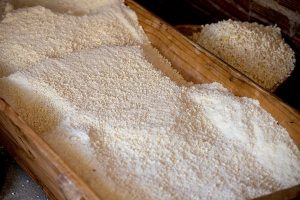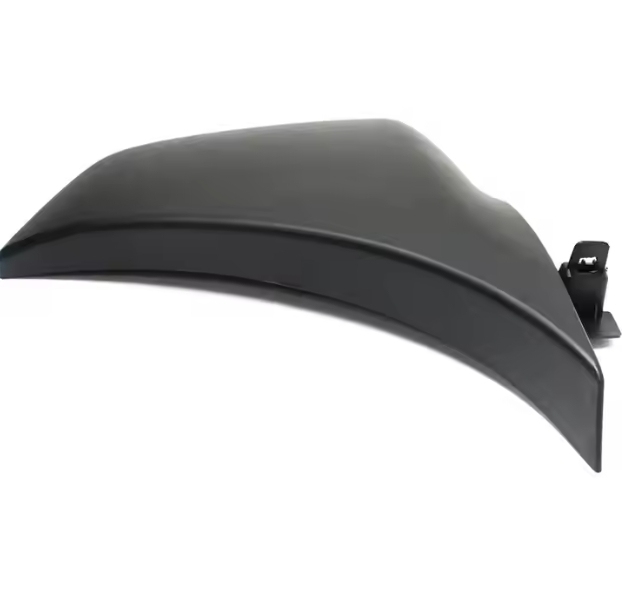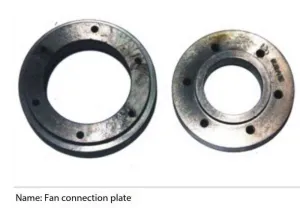Light calcium is light calcium carbonate, also known as precipitated calcium carbonate, or light calcium for short. It can be used as filler in industries such as rubber, plastics, papermaking, coatings and inks. It is widely used in organic synthesis, metallurgy, glass and asbestos production.

Morphological characteristics #
The settling volume of light calcium carbonate is 2.4-2.8mL/g. The particles of ordinary light calcium are in the shape of jujube stones when fully dispersed, with a long diameter of about 5 to 12 μm, a short diameter of 1 to 3 μm, and an average powder diameter of 2 to 3 μm. However, since there is no surface treatment, after the light calcium is generated, dehydrated and dried, many particles often aggregate together to form grape-like pellets. Therefore, the quality requirements for light calcium in the national standard are only from 125 μm and 45 μm sieve residue. Judging from the material does not directly reflect the true particle size and distribution.
Main ingredients #
Main content (CaCO3)% 98.0-100.0 97.0-100.0 97.0-100.0
PH value (10% suspension) 8.0-10.0 8.0-10.5 8.0-11.0
Volatile content %≤ 0.35 0.64 1.00 at 105℃
Hydrochloric acid insoluble matter content %≤ 0.10 0.20 0.30
Sedimentation volume m1/g≥ 2.8 2.6 2.4
Iron (Fe) content%≤ 0.08 0.10 0.10
Manganese (Mn) content%≤ 0.006 0.008 0.010
Sieve residue: 125um test sieve%≤ 0.005 0.010 0.015
Sieve residue: 45um test sieve%≤ 0.30 0.40 0.50
Properties of light calcium #
White powder. Tasteless and odorless. The specific gravity is about 2.71. Decomposes at 825~896.6℃. Melting point 1339℃. There are two forms: amorphous and crystalline. The crystalline form can be divided into orthorhombic crystal system and hexagonal crystal system, which are columnar or rhombus. Insoluble in water and alcohol. Dissolved in acid, carbon dioxide is released at the same time, showing an exothermic reaction. Also soluble in ammonium chloride solution. It is stable in the air and has slight moisture absorption ability.
Uses of light calcium #
It can be used as filler in industries such as rubber, plastics, papermaking, coatings and inks. It is widely used in organic synthesis, metallurgy, glass and asbestos production. It can also be used as a seeding agent for industrial wastewater, an antacid for gastric and duodenal ulcers, an antidote for acidosis, an SO2 eliminator in SO2-containing exhaust gas, a dairy feed additive, and an anti-sticking agent for linoleum felts. . It can also be used as raw material for tooth powder, toothpaste and other cosmetics.
develop and use #
Usually used as filler, widely used in artificial floor tiles, rubber, plastics, papermaking, coatings, paints, inks, cables, construction supplies, food, medicine, textiles, feed, toothpaste and other daily chemical industries, as fillers to increase product volume and reduce production costs.

 April 1, 2024
April 1, 2024 










